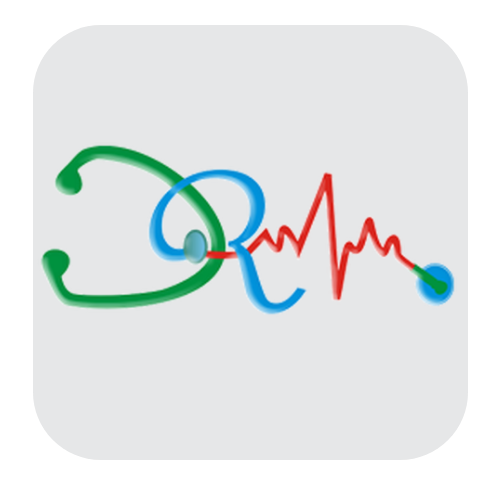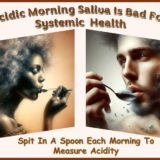Telehealth Reverse Diabetes And Lower Basal Heart Rate | Free Trial In Texas
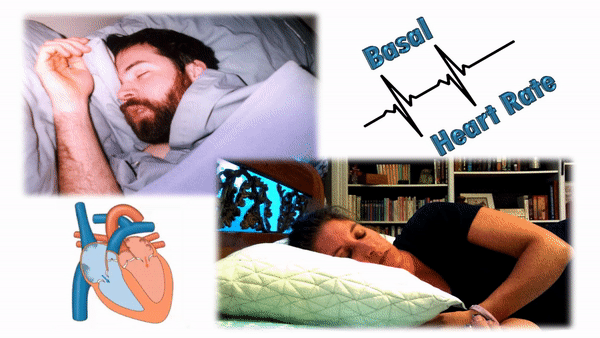
Overeating and poor sleep make the heart beat faster. Regular exercise slows it down.
Your heart rate when you wake up tells you how you are today. It tells you your physical fitness, your nutritional fitness and how you slept last night.
Heart rate measured first thing in the morning is called ‘Basal Heart Rate.’ That’s the best time to measure Resting Heart Rate.
In general, the lower the basal resting heart rate, the better.
To learn more about programs Herd Healthcare offers, our website is:
www.herdhealthcare.com
The Heart
Heart muscle keeps contracting and relaxing rhythmically without ever stopping. Unlike other muscles, healthy heart muscle never gets tired.
4 chambers with one-way valves are connected in a double pump. They move blood from peripheral veins to the lungs and then to the rest of the body. The first pump moves blood into the lungs where it gets rid of carbon dioxide and picks up oxygen. Then the blood returns to the heart where it is pumped to every other organ.
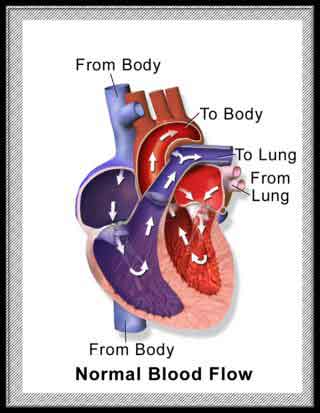 The heart is not a suction pump. Blood only moves from higher pressure to lower pressure. Along the way, external pressures from skeletal muscles and elastic forces in arteries help move blood to and from the heart. In the whole day and night, the heart pumps all the blood through the body more than 1,200 times.
The heart is not a suction pump. Blood only moves from higher pressure to lower pressure. Along the way, external pressures from skeletal muscles and elastic forces in arteries help move blood to and from the heart. In the whole day and night, the heart pumps all the blood through the body more than 1,200 times.
Pacemaker cells in the heart initiate rhythmic contractions without stimulation from nerves. They are located in one of the top chambers. When stimulated, the top chambers contract to move blood into the lower chambers. Then the lower chambers contract to move blood into the lungs and the rest of the body. Without stimulation from nerves, the heart contracts spontaneously about 100 times a minute.
The electrical signals arising in the heart can be detected from the skin surface. Detected and recorded, they make an electrocardiogram.
Nerves affect the rate of contractions. Although contractions arise in the heart itself, the nervous system speeds and slows the rate of contractions. Under normal conditions, the vagus nerve slows the rate and the spinal nerves increase the rate. At rest, the normal heart rate of contractions is slowed to less than 70 times a minute.
Hormones also affect rate of contractions. Epinephrine and norepinephrine released from the adrenal gland, speed the rate. Thyroid hormone also increases the rate of contractions. Hypothyroidism decreases heart rate.
Insulin acts in the brain to stimulate spinal nerves and increase the rate of contractions. Insulin resistance with increased levels of sugar, fat and insulin in the blood causes increased heart rates.
Measure Heart Rate
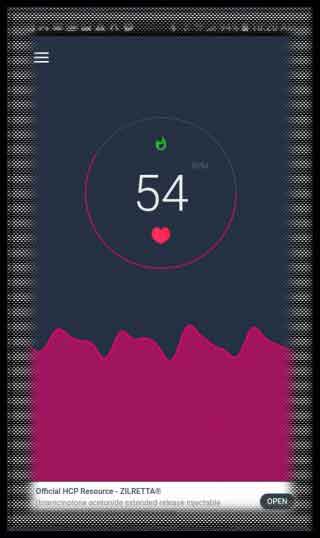 Each contraction of the heart creates pressure on the blood in its chambers. The brief pressure forces blood out into arteries. When the heart contraction stops, valves close holding the pressure out of the heart while it relaxes. Each brief contraction creates a pulsation that can be detected in the arteries.
Each contraction of the heart creates pressure on the blood in its chambers. The brief pressure forces blood out into arteries. When the heart contraction stops, valves close holding the pressure out of the heart while it relaxes. Each brief contraction creates a pulsation that can be detected in the arteries.
Pulse rate, the rate of pulsations in an artery, is the most common way to measure heart rate. It can be detected at the wrist, neck, ankle, foot or in the groin. All that’s needed is a watch with a second hand or a digital display of seconds. A digital stopwatch is more convenient.
Measuring pulse rate at your own wrist, put your index and middle fingers on the front side of your opposite wrist just below the base of your thumb. 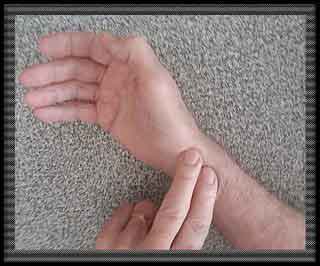
Count each pulsation you feel starting with 0 then 1, 2, 3 …. to at least 10 for at least 10 or 15 seconds. Count for 10 seconds and multiply by 6 to calculate beats per min. If you count for 15 seconds, multiply by 4 to calculate beats per minute.
Measuring pulse rate of someone else, always use your index and middle fingers. Don’t use your thumb. It’s possible to feel the pulse in your own thumb when its pressed against someone else’s wrist.
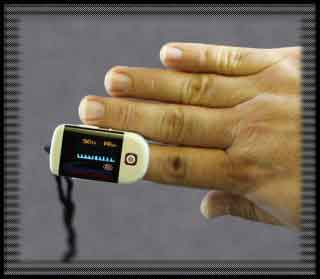 Optical techniques measure change in color of skin under a sensor. Change in skin color with each pulsation can be detected at the wrist using a wrist band. It also can be measured using a finger clip or a camera on a smartphone with a mobile app.
Optical techniques measure change in color of skin under a sensor. Change in skin color with each pulsation can be detected at the wrist using a wrist band. It also can be measured using a finger clip or a camera on a smartphone with a mobile app.
Electrocardiogram is the most accurate technique. It detects the electrical activity associated with stimulation and contraction of cardiac muscle. However, it requires a chest strap or connections 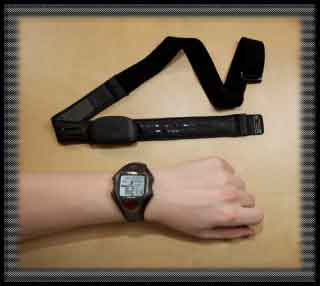 with two limbs to record electrical impulses from the heart.
with two limbs to record electrical impulses from the heart.
Resting heart rate is measured after resting at least 10 minutes in a quiet, dimly lit room. Measure by counting pulse rate first thing in the morning. Best of all is to measure it lying down, before even getting out of bed.
Increase In Resting Heart Rate And Mortality
High resting heart rate (RHR) is known to be associated with increased risk for cardiovascular disease. Clinical studies also have shown that an increase in RHR increases the risk of mortality.
In Norway, a prospective, 20-year follow-up study tested effects of increased (RHR) resting heart rates and deaths. Approximately 30,000 men and women were examined and followed. Subjects with a RHR of less than 70 beats/min were checked again approximately 10 years later. Death rates were checked about 10 years later still.
Those who had an increase in RHR to greater than 85 beats/min at the second measurement had a 50% increase in risk of death from all causes.
In Sweden, a prospective, 21-year follow-up study tested effects of increased RHR in men aged 50 years. Subjects were checked in 1993, 2003 and 2014.
Those with RHR over 75 beats/min had 100% greater risk of all-cause death than those with RHR less than 55 beats/min.
Physical Fitness, Resting Heart Rate And Mortality
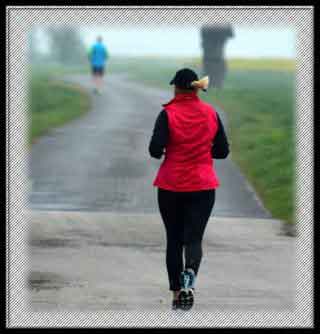 Good physical fitness has been well demonstrated to cause a low resting heart rate. Also, high resting heart rate is associated with increased risk of death. The question is whether high resting heart rate indicates poor health just because of poor physical fitness.
Good physical fitness has been well demonstrated to cause a low resting heart rate. Also, high resting heart rate is associated with increased risk of death. The question is whether high resting heart rate indicates poor health just because of poor physical fitness.
The Copenhagen Male Study began in 1970. Approximately 3,000 healthy, middle-aged employed men were recruited, examined and followed for 16 years. RHR was strongly related to physical fitness and mortality. Men with RHR>90 beats/min had three times the risk of mortality compared to men with RHR <50. Risk of mortality increased 16% for every 10 beats/min.
Statistical models were used to separate the effects of physical fitness, physical activity, other risk factors and smoking. Results indicated that RHR had an effect on death rate as an independent risk factor.
Resting Heart Rate and Insulin Sensitivity
Level of insulin in blood also affects Resting Heart Rate. Laboratory studies show that high levels of insulin in blood circulating through the brain cause stimulation of nerves to the heart. Results from many clinical studies suggest that RHR indicates the effects of the autonomic nervous system on the heart. In particular, the relation of fasting insulin levels on RHR could help explain the results of many clinical studies.
The Insulin Resistance Atherosclerosis Study included approximately 1,000 men 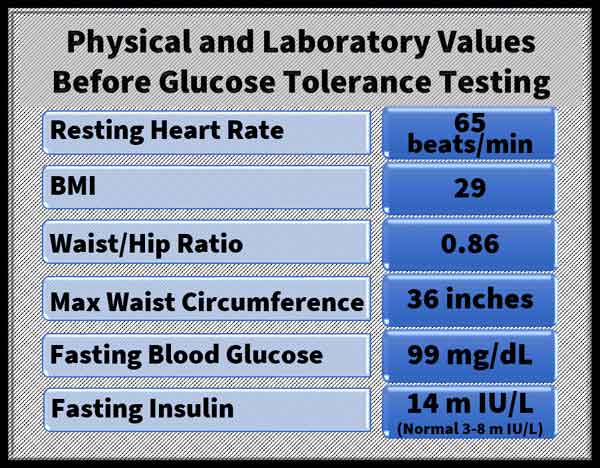 and women who did not have diabetes. Also, none were taking medications that influence heart rate. All had physical examination with measurements of height, weight, waist to hip ratio (WHR) and maximum waist circumference (mWC). All had blood drawn after 12 hours without food and all had an oral glucose tolerance test. Correlation analyses showed RHR was significantly related to BMI, WHR, mWC, fasting blood glucose, fasting insulin, and insulin sensitivity.
and women who did not have diabetes. Also, none were taking medications that influence heart rate. All had physical examination with measurements of height, weight, waist to hip ratio (WHR) and maximum waist circumference (mWC). All had blood drawn after 12 hours without food and all had an oral glucose tolerance test. Correlation analyses showed RHR was significantly related to BMI, WHR, mWC, fasting blood glucose, fasting insulin, and insulin sensitivity.
These results provide an explanation for the relation of RHR to nutritional fitness. RHR after sleeping overnight is an indicator of abnormal high levels of insulin in fasting blood samples.
Summary
Basal Heart Rate is measured first thing in the morning. That’s the best time to measure Resting Heart Rate (RHR).
The heart contracts spontaneously about 100 times a minute. Under normal conditions, the vagus nerve slows the rate and the spinal nerves increase the rate.
RHR over 75 beats/min had 100% greater risk of all-cause death than those with RHR less than 55 beats/min
Good physical fitness has been well demonstrated to cause a low RHR.
Insulin acts in the brain to stimulate spinal nerves and increase the rate of contractions.
RHR after sleeping overnight is an indicator of abnormal high levels of insulin in fasting blood samples.
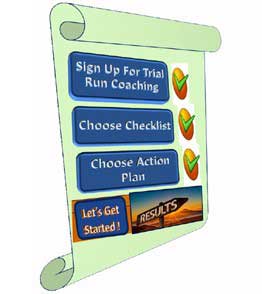 We are pleased to share our blog articles with you, and we are always interested to hear from our readers. Our website address is: www.herdhealthcare.com
We are pleased to share our blog articles with you, and we are always interested to hear from our readers. Our website address is: www.herdhealthcare.com
